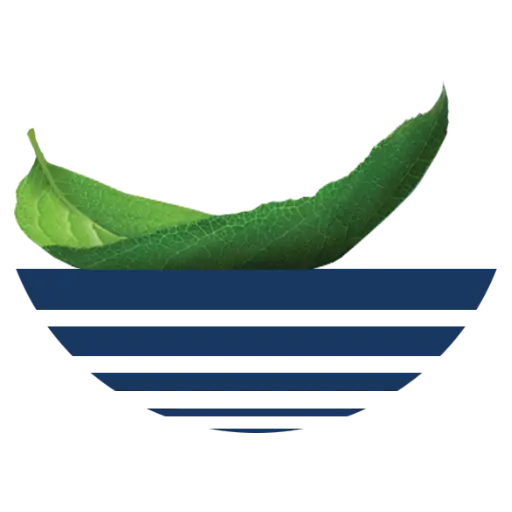
CFD Simulations for Ship Propulsion
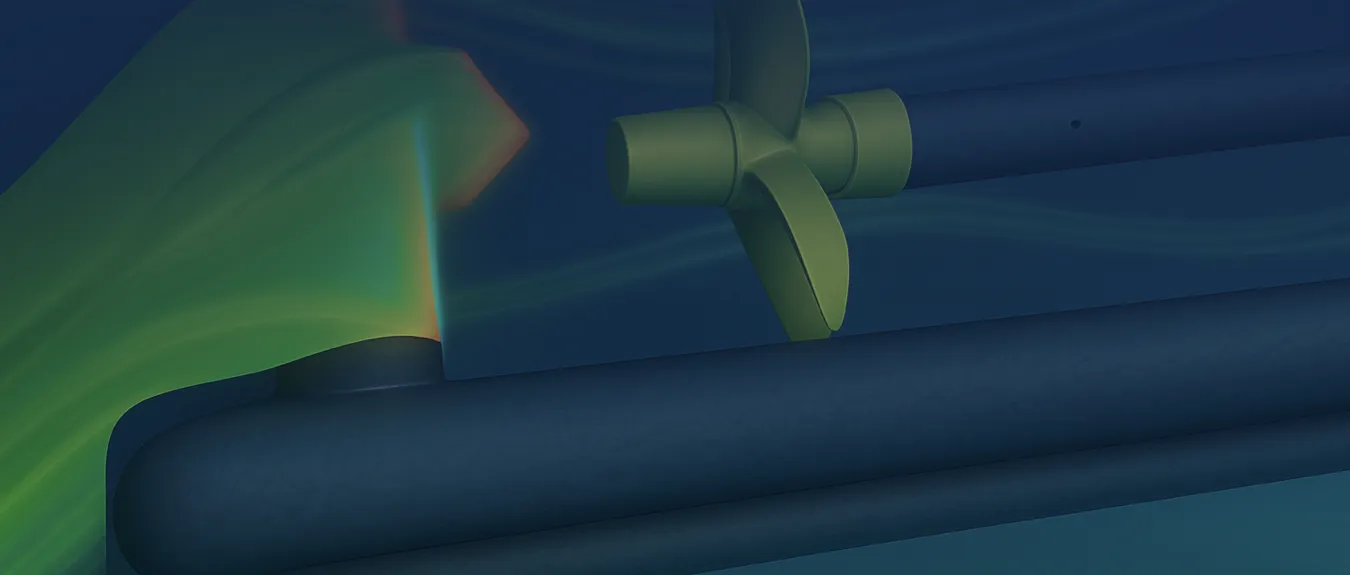
Discover the Computational Fluid Dynamics (CFD) simulations from our selected partner, specifically designed to optimize your ship’s propulsion. The focus is on the design of critical propulsion components, such as ship propellers, nozzles, rudders, and Energy Saving Devices, with the aim of achieving further CO2-reduction. These designs, suitable for both existing and new ships, are tailored to your unique drivetrain, individual sailing profile, and other characteristics. If desired, these appendages can also be supplied.
CFD Simulations for Ship Propulsion
Discover the Computational Fluid Dynamics (CFD) simulations from our selected partner, specifically designed to optimize your ship’s propulsion.
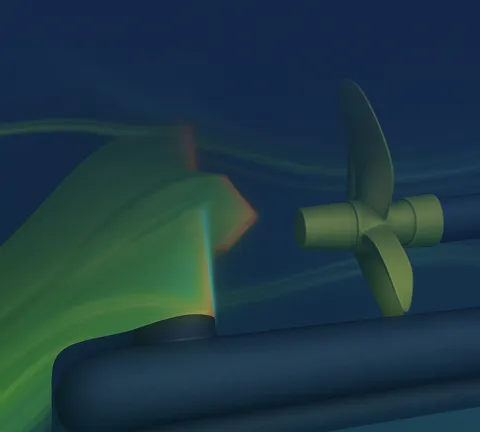
Propeller Design
Are you looking for an optimized propeller that matches your type of ship and sailing profile? Using advanced CFD simulations, the hydrodynamic performance of your ship is analyzed to create a propeller design that not only improves efficiency but also meets your specific requirements. Essential aspects such as fluid dynamics, material selection, and the complex interaction with other propulsion components, such as nozzles and rudders, are taken into account.
Nozzle Design
Are you in need of a nozzle with the correct profile, such as 19A, 37, or HR, tailored to your appendages, hull form, and sailing profile? The validated methodology for nozzle designs involves the use of various CFD simulations. This includes detailed analyses to understand the dynamics with other components in the aft. Additionally, various placement methods are explored in the stern to achieve optimal integration.
Rudder Design
Are you in search of an optimized ship rudder design seamlessly integrating with your other appendages, tailored to the unique shape and sailing profile of your vessel? Or are you faced with the challenging choice between two or more rudder models and could benefit from additional insights for your existing or new ship? In either scenario, CFD simulations offer valuable insights, enabling you to make a well-informed decision.
Energy Saving Devices
In addition to optimizing propellers, rudders, and nozzles, the potential efficiency improvements of Energy Saving Devices (ESDs) can also be explored, designed, and delivered. Examples of these include a Pre-Duct, Pre-Swirl Stator (PSS), Propeller Boss Cap Fin (PBCF), and Twisted Rudder and Rudder Bulb.
3D Scan
If you don’t have drawings of your current vessel but still want to explore the possibility of an optimized design for the propeller, nozzle, rudder, or Energy Saving Devices, a 3D scan provides a solution. Through this scan, along with precise measurements, the hydrodynamics of both the fore and aft ship, including existing appendages, are mapped out. Based on this information, an optimal design of your propulsion component can be determined even without drawings, seamlessly aligning with your vessel type, hull, bow, other appendages, sailing profile, unique characteristics, and your specific desires and needs as a customer.
In Practice
For a fully electric-powered ferry, two CFD-optimized ship propellers have been designed and delivered. Through CFD simulations, the required propulsion power has also been determined, providing the customer with valuable insight when choosing the appropriate capacity for the battery pack. The optimized propeller design is specifically tailored to the desired speed and sailing route of this ferry.
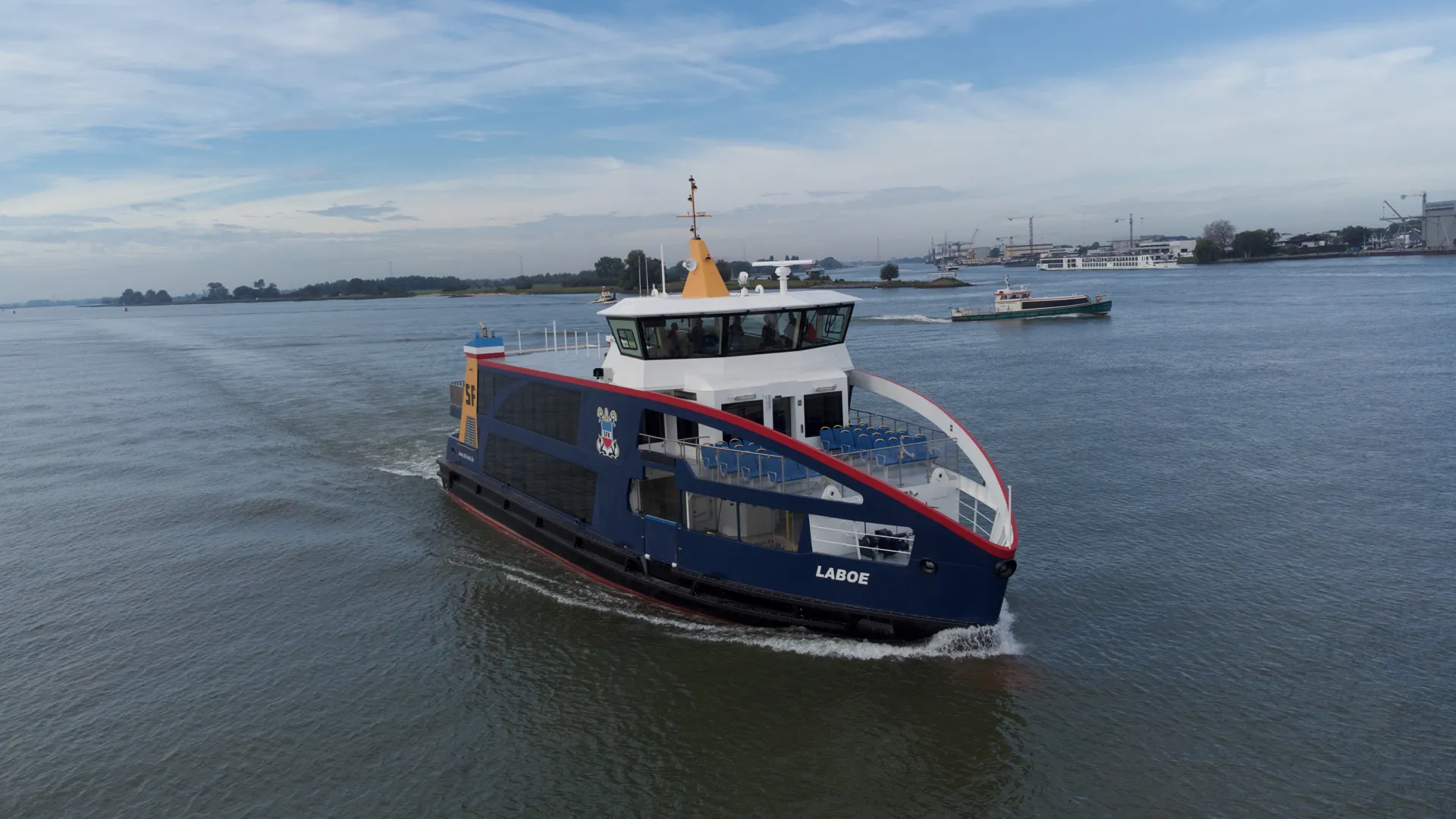
Propeller Design
Are you looking for an optimized propeller that matches your type of ship and sailing profile?
Using advanced CFD simulations, the hydrodynamic performance of your ship is analyzed to create a propeller design that not only improves efficiency but also meets your specific requirements.
Essential aspects such as fluid dynamics, material selection, and the complex interaction with other propulsion components, such as nozzles and rudders, are taken into account.
Nozzle Design
Are you in need of a nozzle with the correct profile, such as 19A, 37, or HR, tailored to your appendages, hull form, and sailing profile?
The validated methodology for nozzle designs involves the use of various CFD simulations. This includes detailed analyses to understand the dynamics with other components in the aft.
Additionally, various placement methods are explored in the stern to achieve optimal integration.
Rudder Design
Are you in search of an optimized ship rudder design seamlessly integrating with your other appendages, tailored to the unique shape and sailing profile of your vessel?
Or are you faced with the challenging choice between two or more rudder models and could benefit from additional insights for your existing or new ship?
In either scenario, CFD simulations offer valuable insights, enabling you to make a well-informed decision.
Energy Saving Devices
In addition to optimizing propellers, rudders, and nozzles, the potential efficiency improvements of Energy Saving Devices (ESDs) can also be explored, designed, and delivered. Examples of these include a Pre-Duct, Pre-Swirl Stator (PSS), Propeller Boss Cap Fin (PBCF), and Twisted Rudder and Rudder Bulb.
3D Scan
If you don’t have drawings of your current vessel but still want to explore the possibility of an optimized design for the propeller, nozzle, rudder, or Energy Saving Devices, a 3D scan provides a solution.
Through this scan, along with precise measurements, the hydrodynamics of both the fore and aft ship, including existing appendages, are mapped out.
Based on this information, an optimal design of your propulsion component can be determined even without drawings, seamlessly aligning with your vessel type, hull, bow, other appendages, sailing profile, unique characteristics, and your specific desires and needs as a customer.
In Practice
For a fully electric-powered ferry, two CFD-optimized ship propellers have been designed and delivered.
Through CFD simulations, the required propulsion power has also been determined, providing the customer with valuable insight when choosing the appropriate capacity for the battery pack. The optimized propeller design is specifically tailored to the desired speed and sailing route of this ferry.
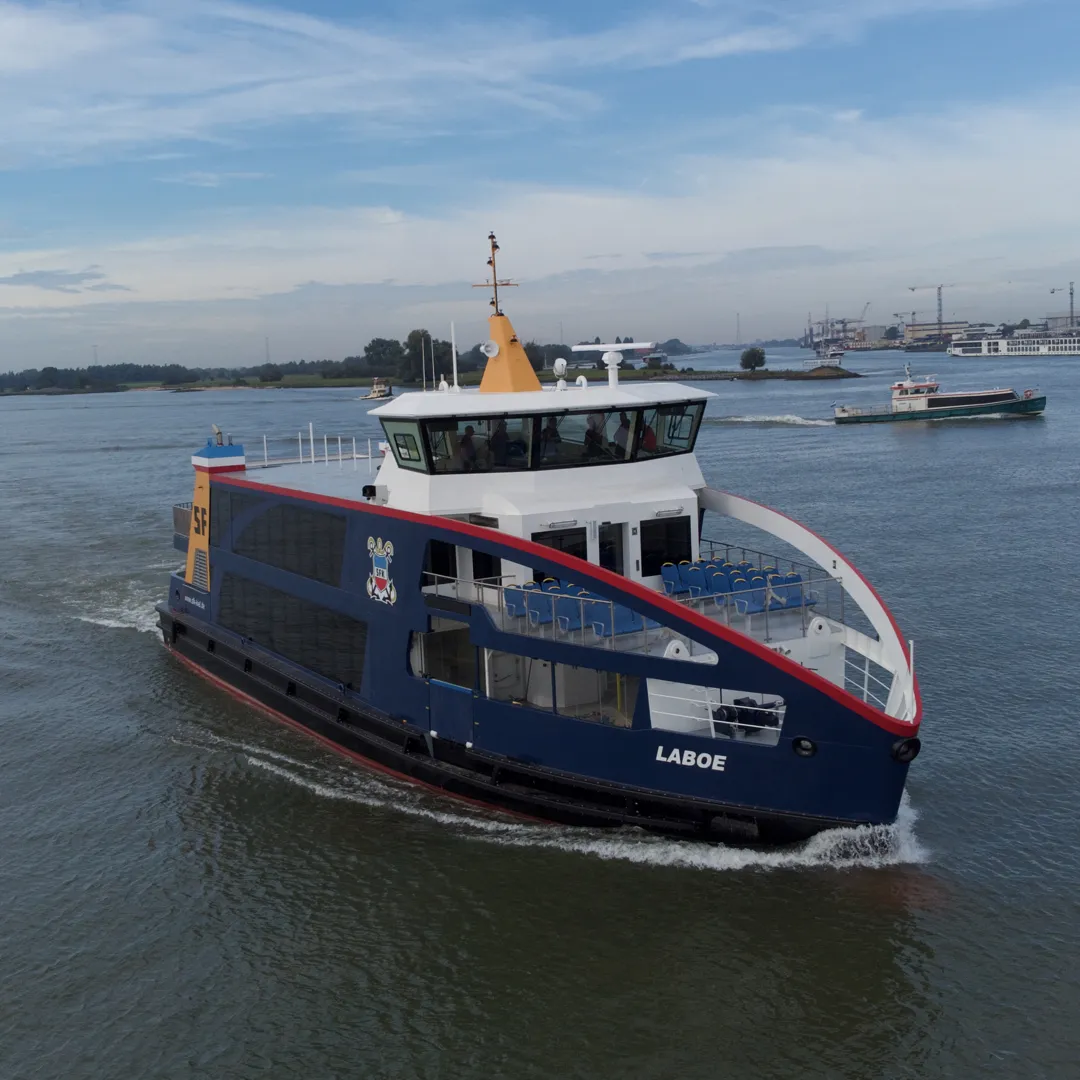
Frequently Asked Questions
What other aspects can be optimized to improve the efficiency of your vessel?
In addition to enhancing your propulsion components, such as ship propellers, rudders, nozzles, and Energy Saving Devices, CFD simulations also provide the opportunity to explore other areas below the waterline. This includes analyses and optimizations of your bow shape and trim to further enhance the hydrodynamics of your vessel.
You can also utilize an Express Analysis to explore the feasibility and energy-saving potential of techniques both below and above the waterline tailored to your specific vessel and sailing profile. This includes above-water innovations such as wind-assisted propulsion systems.
For which maritime sectors are these CFD simulations suitable for optimizing ship propulsion?
The expertise in CFD simulations, aimed at optimizing ship propulsion, applies to various sectors in the maritime industry. This encompasses deep-sea shipping, coastal shipping, cruise liners, fast ferries, offshore operations, inland shipping, dredging, fishing, naval operations, and mega yacht construction.
